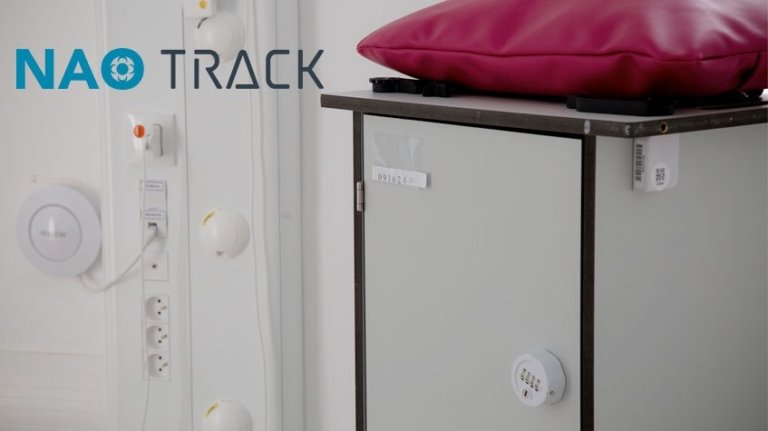



Bezannes is a 22 unit operating theater that opened on May 22, 2018. It quickly became apparent that Bezannes functions on a just-in-time basis, mainly for ambulatory services. There were more than 22 000 interventions, of which over one third concerned endoscopies. Hence we decided to prioritize the fluidity of the patient itinerary throughout the ambulatory service using Ambustage for the endoscopy.
The new Ambustage technology is a software that has enabled us to improve patient care and waste less time on calls. If a patient is still being treated by the ambulatory service, that tells us he or she is not yet ready to come to the block and to call another patient who is hospitalized. This saves an incredible amount of time on our operating programs.
In the endoscopy sector 15 to 20 patients are operated on per day and per room. If two minutes are wasted per patient, the fluidity of the patient flow is interrupted and that means 3 less patients are treated per day. This exasperates the entire team from the surgeon to the nursing team. This is why it was so vital to deploy Ambustage to manage operating flows.
How does it work?
Tags are fastened to the wrists of patients or rolling lockers. The tags send signals which are captured by beacons installed on the walls. The beacons make physical measurements based on these signals, send the measurements to our servers which calculate the position in real time. These positions are then sent to the Ambustage platform which exploits them.
Ambustage allows us to geolocate the patient and the bedside locker to which he has been assigned. Currently, the Ambustage system allows us to know exactly where we are in each operating program for all the actors involved in the operating block. This allows us to prepare the patients as they arrive in the room. If the first patient is still in the procedure room in spite of his or her allotted intervention time, then we wait to prepare the second patient, who remains in the waiting room. The objective is also to avoid preparing patients too early. Up until now, we were unable to know what was happening in the operating block. Once the patient had left for the block, we did not know whether he was in the procedure room or in the recovery room and we could not prepare the next patient
Healthcare – Asset and People Tracking from Pole Star on Vimeo.